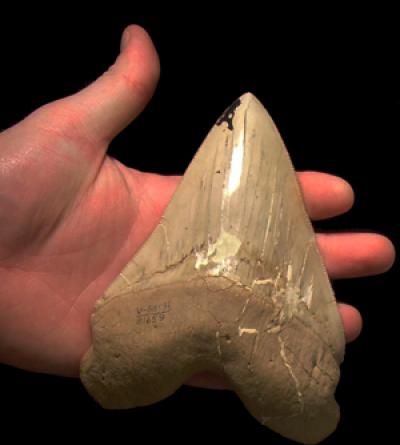According to research presented on Monday, June 8 at SLEEP 2009, in the presence of free access to food, sleep restricted subjects reported decrease in appetite, food cravings and food consumption; however, they gained weight over the course of the study. Thus, the finding suggests that energy intake exceeded energy expenditure during the sleep restriction
Results indicate that people whose sleep was restricted experienced an average weight gain of 1.31 kilograms over the 11 days of the study. Of the subjects with restricted sleep who reported a change in their appetite and food consumption, more than 70 percent said that it decreased by day 5 of the study. A group of well rested control subjects did not experience the weight gain.
Trains, planes, buses and automobiles are more than just exhaust, when it comes to the full scope of environmental damage. There is a full life-cycle of processes associated with getting from Point A to Point B that we have difficult quantifying but in an article published today in Environmental Research Letters, researchers from the Department of Civil and Environmental Engineering at the University of California, Berkeley, say they have created a framework to help us calculate the true environmental cost of travel.
Both boys and girls have issues but boys are getting a raw deal, according to Judith Kleinfeld, professor of psychology at the University of Alaska Fairbanks in the US.
It's commonplace to hear about gender-specific issues involving girls but when there are concerns about issues primarily affecting boys, responses tend to veer toward sexism. Issues impacting boys have been neglected by policy makers, she says. Her review of issues characterizing American boyhood, how they compare to those affecting girls, and the lack of initiatives in place to address them was published in the June issue of Springer's journal Gender Issues.
Activists tend to point to someone else's job and say it's for the good of the planet that it disappear. But everyone need to cut back, including climate scientists, says a researcher who, ironically, regularly flies north to study the health of caribou.
Scientists studying the impact of climate change on the Arctic need to consider ways to reduce their own carbon footprints, according to postdoctoral fellow Ryan Brook in the June issue of Arctic, the journal of the University of Calgary's Arctic Institute of North America. Brook calls on scientists to show leadership by examining and sharing ways to reduce the impact of working in polar regions.
If you live in California, Bakersfield is just a place where farming mega-corporations grow a lot of stuff. If you're remotely literate, you remember it as the 'Promised Land' the "Okies" left home for in The Grapes of Wrath. If you like pop culture, it is part of the Route 66 highway(1), which became famous in a song first sung by Nat King Cole(2).
But Bakersfield's rich central farmland was once the Temblor Sea, thanks to global warming, and the fossil remains tell a science tale.
A recent survey of 'dark' gamma-ray bursts, which are bright in gamma- and X-ray emissions, but have little or no visible light, are giving us a look into the dusty corners of otherwise dust-free galaxies.
Star formation occurs in dense clouds that quickly fill with dust as the most massive stars rapidly age and explode, spewing newly created elements into the interstellar medium to seed new star formation. Hence, astronomers presume that a large amount of star formation is occurring in dust-filled galaxies, although actually measuring how much dust this process has built up in the most distant galaxies has proved extremely challenging.
 Opioid Addicts Are Less Likely To Use Legal Opioids At The End Of Their Lives
Opioid Addicts Are Less Likely To Use Legal Opioids At The End Of Their Lives More Like Lizards: Claim That T. Rex Was As Smart As Monkeys Refuted
More Like Lizards: Claim That T. Rex Was As Smart As Monkeys Refuted Study: Caloric Restriction In Humans And Aging
Study: Caloric Restriction In Humans And Aging Science Podcast Or Perish?
Science Podcast Or Perish?








